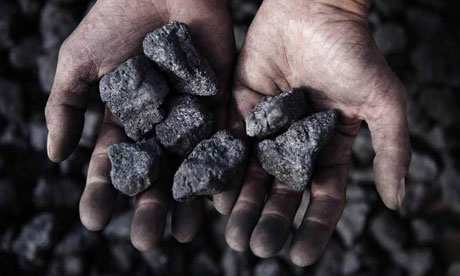 It is customary to consider such a conventional heat source, in which fossil fuels are burned, such as coal, fuel oil or natural or liquid gas. They convert the chemical energy contained in the fuel into heat, which is released by an exothermic oxidation of carbon atoms, hydrogen and sulfur.
It is customary to consider such a conventional heat source, in which fossil fuels are burned, such as coal, fuel oil or natural or liquid gas. They convert the chemical energy contained in the fuel into heat, which is released by an exothermic oxidation of carbon atoms, hydrogen and sulfur.
Unconventional heat sources are like that, which do not use the combustion of organic fossil fuels in the process of heat conversion. They are divided into renewable and non-renewable. A renewable source can use solar energy in various forms, especially water energy (rivers and tides), wind, biomass (burning wood and straw) and the energy of solar radiation. He includes among non-renewable sources, waste heat (arising in the technological process, whose purpose is not to produce heat), incineration of biogas from landfills and energy of warm geothermal waters, when water drawn from a borehole is used up on the surface.
Nuclear heat sources use the heat released by the decay of nuclear nuclei of fissile elements.
Conventional heat sources can be divided into:
- heating plants and boiler rooms, the heating plant is a free-standing facility, while the boiler room is a set of devices for generating heat, located in the premises of the building with another purpose or adjacent to it;
- combined heat and power plants, working in an associated system, producing both electricity and heat (whereby for small units, up to several MW of power, the term "cogeneration" is used, instead of "combined energy production").
Due to the type of heat carrier, heat sources are distinguished:
- water,
- steam,
- mixed (steam and water).
Depending on the value of the parameters of the heat carrier,, heat sources can be divided into:
- low-parameter (water - low temperature, in which the water temperature does not exceed 100 ° C, steam - low pressure, generating steam of less than or equal pressure overpressure 100 kPa),
- high-parameter (water - high temperature, in which the water temperature is higher than 100 ° C, steam – high pressure, producing steam with an overpressure above 100 kPa).
There are also other criteria for classifying heat sources (if only because of the state of fuel), however these, which have been listed here, are used most often in practice. The subject of this study concerns water boiler houses, low temperature, fired oilseeds, natural gas and LPG.